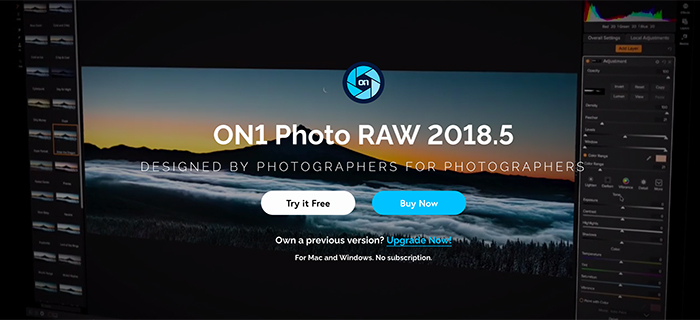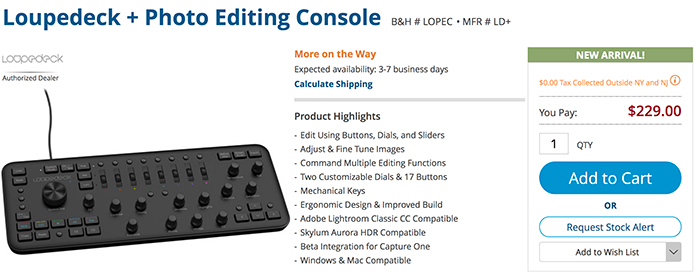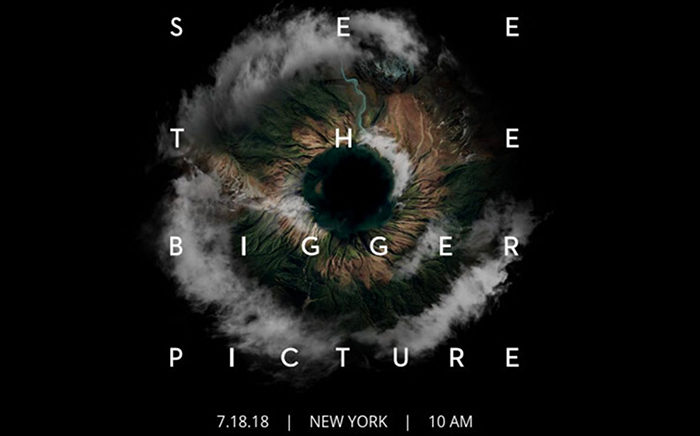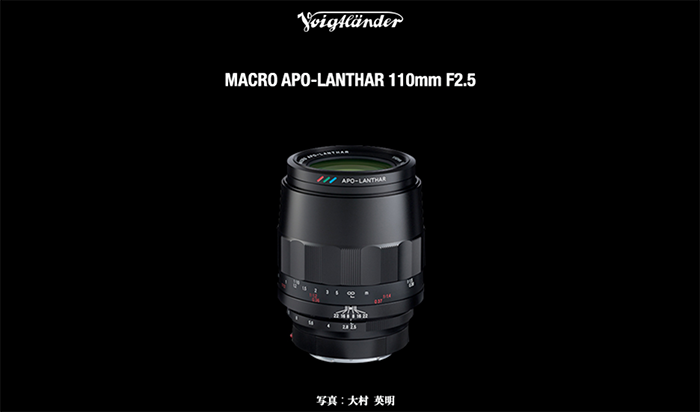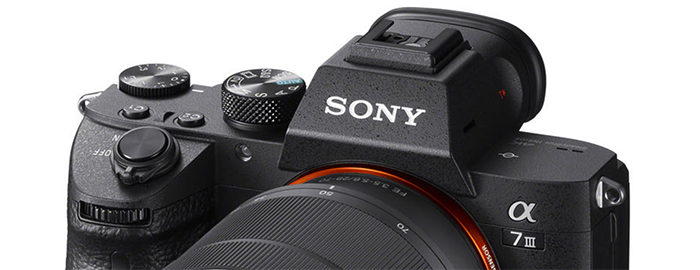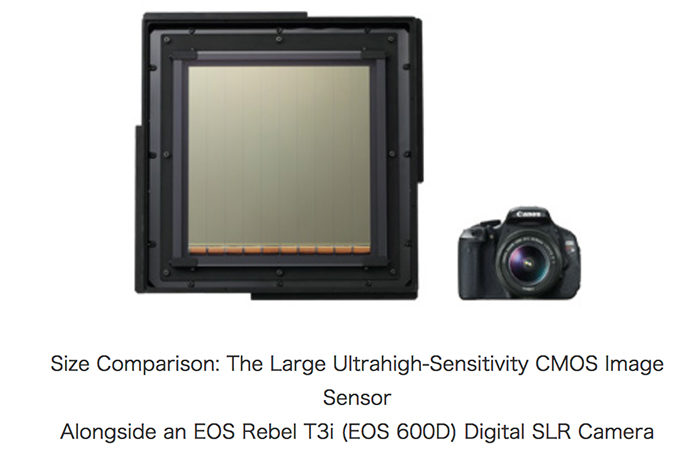ON1 Photo RAW 2018.5 update brings a lot of improvements…
On1 Photo Raw has been update to version 2018.5. It has a nuge number of updates youn can check out at here: www.on1.com
ON1 Photo RAW 2018.5 is a powerful new photo editor and raw processor that uses a state-of-the-art processing engine which provides a smooth and fun photo editing experience and delivers the highest quality results for your photos. Photo RAW includes powerful Lightroom® and Photoshop® features with photo organizing, hundreds of photo effects, HDR, panorama stitching, masking and selection tools, layers, photo resizing, and much more — all in one app. It’s the ultimate photo editor you can own forever and not rent as a subscription.
ON1 Photo RAW works as a standalone app, Photoshop plug-in & Lightroom Plug-in.
